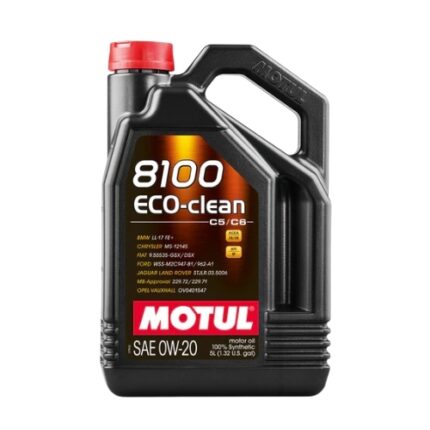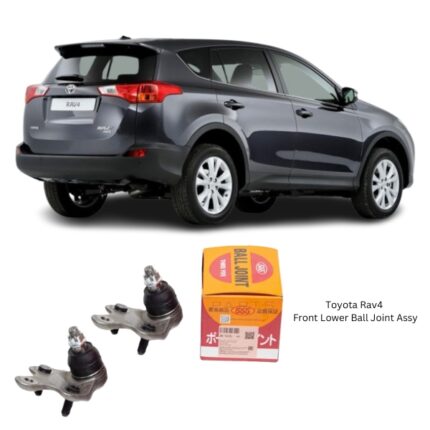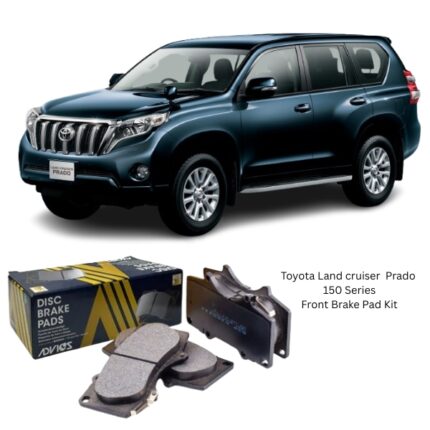Get Toyota Landcruiser Prado 150 Series Front Brake Pad Kit A1N011 in Kenya
A Front Brake Pad Kit is an essential component in any vehicle’s braking system, directly influencing safety, stopping power, and driving comfort. As the primary point of contact between the braking mechanism and the wheels, brake pads are responsible for converting kinetic energy into thermal energy, allowing your vehicle to slow down or stop with precision. The Front Brake Pad Kit includes a pair of high-friction brake pads specifically designed for the front axle, where braking loads are typically greater than in the rear.
This kit is engineered to meet the highest standards in performance, durability, and safety. Whether for routine maintenance or critical brake system repairs, installing a quality front brake pad kit ensures reliable braking under all driving conditions.
Key Features:
1. Premium Friction Material
The brake pads in this kit are manufactured using advanced formulations that may include semi-metallic, ceramic, or organic compounds. These materials are chosen for their high friction coefficients, optimal heat resistance, and low wear rates. Ceramic compounds offer quieter operation and less dust, while semi-metallic variants provide superior stopping power under high loads.
2. Precision Fit and Compatibility
Each pad is precision-cut and shaped to match the original equipment dimensions for easy installation and a perfect fit. They are compatible with standard OEM brake calipers and rotors, ensuring seamless integration with your vehicle’s braking system. The backing plates are laser-cut to exact tolerances for optimal caliper alignment.
3. Low Dust Formula
The friction compounds are engineered to minimize dust production. This not only helps maintain clean wheels and calipers but also reduces the risk of brake fade caused by dust buildup. The pads are formulated to reduce airborne particulates, contributing to a cleaner driving environment.
4. Quiet Braking Technology
Noise-dampening shims and insulators are integrated into the design to minimize vibrations and reduce squealing during braking. The inclusion of multi-layer rubberized shims and chamfered edges helps absorb noise-causing vibrations, ensuring a quieter, smoother braking experience.
5. High-Temperature Tolerance
These brake pads are tested for thermal stability and can operate efficiently across a wide range of temperatures. High resistance to heat buildup prevents glazing, warping, and premature wear even under aggressive driving or repeated braking cycles.
6. Advanced Safety and Performance Testing
Each pad set undergoes rigorous quality control procedures and road simulations, including fade resistance, pedal feel, stopping distance, and wear rate testing. This ensures that the brake pads meet or exceed industry safety standards.
7. Protective Coating
The backing plates and hardware are typically coated with anti-corrosion plating to protect against rust and environmental elements. This enhances the durability and performance life of the components, particularly in humid or wet conditions.
8. Complete Kit Contents
A standard front brake pad kit generally includes:
-
2x Front brake pads (1 set per wheel)
-
Anti-rattle clips or pad springs (if required)
-
Lubricant or grease packet (for pin and contact lubrication)
-
Installation instructions or QR link to digital guide
Technical Specifications (May Vary Slightly by Application):
-
Pad Thickness: 15–20 mm (new condition)
-
Friction Rating: FF or GG (depending on compound)
-
Noise Dampening: Multi-layer shims + chamfered edges
-
Wear Indicator: Included on most models (mechanical or electronic)
-
Heat Range: Up to 600°C (continuous), 800°C (peak)
Advantages of Replacing Worn Brake Pads with a New Kit
Improved Braking Response
New pads restore original pedal feel, allowing the driver to brake more confidently and with greater precision.
Increased Safety
Old or worn pads can reduce braking efficiency and increase stopping distances. A new kit restores full braking power, especially important in emergencies or during high-speed deceleration.
Longer Rotor Life
Worn pads can cause grooves or scoring on the rotor surface. Proper pad material ensures even contact and minimizes rotor wear, potentially extending rotor lifespan.
Lower Noise and Vibration
Replacing deteriorated or unbalanced pads with new ones featuring noise-dampening technologies greatly reduces annoying squeals and vibrations.
Cost-Effective Maintenance
A complete brake pad kit allows you to perform a comprehensive front brake service without purchasing additional components separately, saving time and labor costs.
Installation Notes
-
Before installation, ensure the rotor surfaces are clean, smooth, and within wear specifications.
-
Apply high-temperature brake grease to slide pins and contact points.
-
Torque caliper bolts and pad retainers to the manufacturer’s specifications.
-
After installation, perform a proper bedding-in procedure (also known as brake pad burnishing) to ensure optimal pad-to-rotor contact and performance longevity.
Common Signs That Indicate Front Brake Pads Need Replacement
-
Squealing or Grinding Noise: High-pitched squeaks often indicate pad wear indicators are in contact with the rotor.
-
Reduced Braking Performance: Increased stopping distances or mushy pedal feel can signal degraded pads.
-
Vibration or Pulsation When Braking: Uneven pad wear or contamination can cause pedal pulsing.
-
Visible Wear: Pads measuring less than 3 mm in thickness should be replaced.
-
Brake Warning Light: Some vehicles are equipped with electronic wear sensors that trigger dashboard alerts.
Care and Maintenance Tips
-
Always replace brake pads as a set on the same axle to ensure balanced braking.
-
Periodically inspect brake fluid levels, rotor condition, and caliper function.
-
Avoid aggressive braking during the first 300–500 km to allow proper bedding of new pads.
-
Monitor wheel cleanliness; excessive brake dust may indicate accelerated wear.
Follow us on Facebook for more parts.





Reviews
Clear filtersThere are no reviews yet.